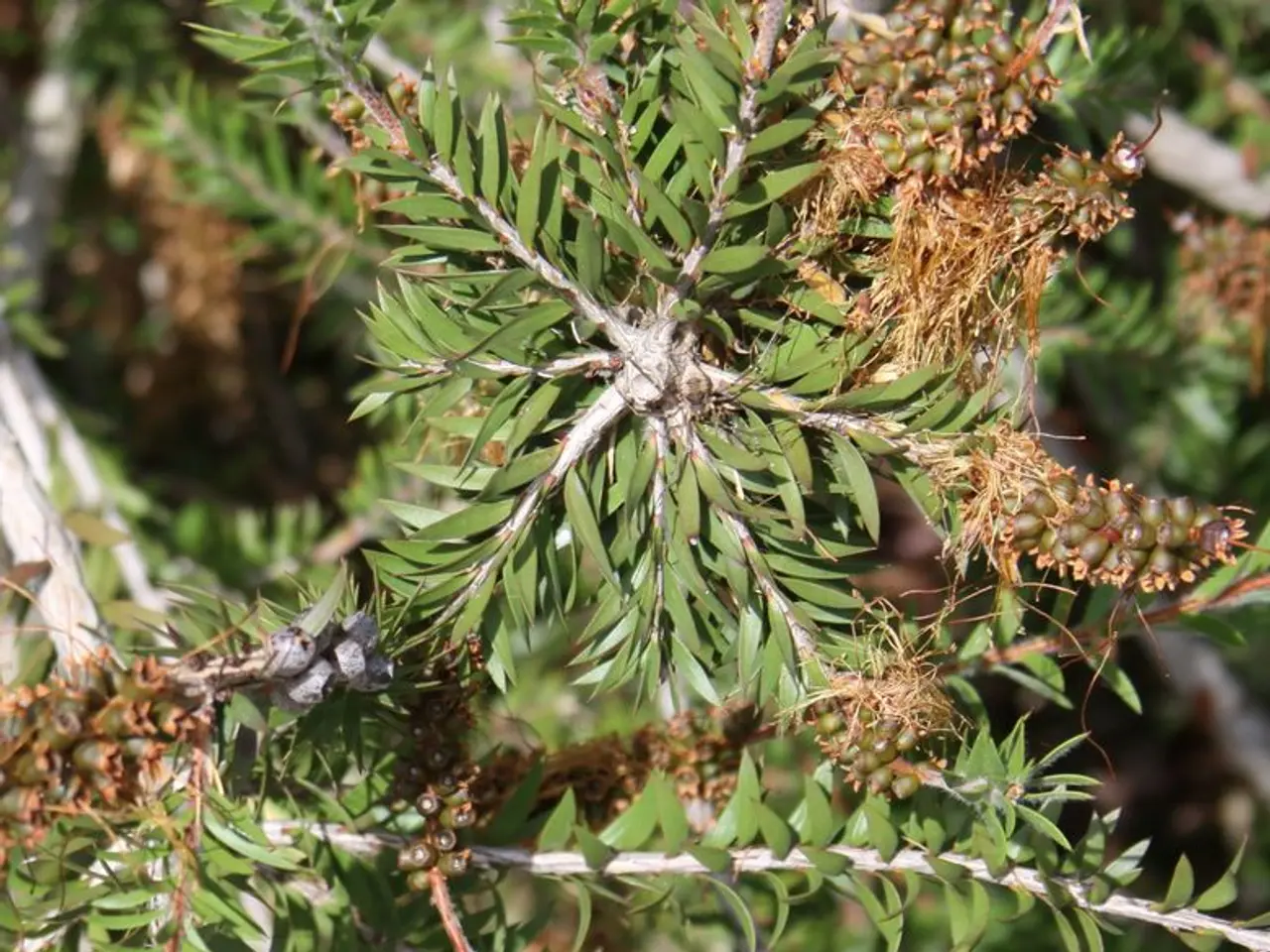Guidelines for the Right Time to Fertilize Fruit Trees: Crucial Advice for Maximum Development
Fruit trees thrive best when their soil pH is between 6.0 and 7.0, and the ideal time to fertilize them is during late winter or early spring. The key to successful fruit tree fertilization lies in understanding each tree's specific requirements and tailoring the approach accordingly.
For young and establishing trees, frequent and heavier fertilization is essential to support their rapid growth. Fertilize primarily in early spring just before bud break to provide nutrients for leaf and root growth. Use a balanced fertilizer spread on the soil surface or applied in small holes around the tree to ensure nutrients reach the roots. Avoid over-fertilization, especially of nitrogen, to prevent excessive foliage growth at the expense of root strength. Adding compost or composted manure can improve soil organic matter and provide slow-release nutrition. Soil testing beforehand is important to tailor the fertilizer type and rate.
Mature non-fruiting trees require less frequent fertilization to maintain general health and vigor. A balanced fertilizer applied twice a year—once in early spring and once in late summer—is often recommended. Adjust fertilizer based on soil type (sandy soils may need more frequent fertilization than clay) and tree vigor. Maintain proper soil pH to facilitate nutrient uptake.
Fruit-bearing trees require a more nuanced approach. Fertilization should support both tree maintenance and fruit production. Apply fertilizer in early spring before bud break and again after fruit has set to replenish nutrients used in fruit development, especially potassium and phosphorus for fruit quality. Targeted fertilization can address specific nutrient deficiencies detected by soil or leaf testing. Slow-release organic amendments help maintain long-term soil fertility, while foliar feeding can provide a quick nutrient boost if mid-season deficiencies occur.
General practices across growth stages include fertilizing mainly in spring, using soil tests to determine nutrient needs and select the "right type" of fertilizer accordingly, applying fertilizer in the "right place" near root zones, maintaining proper watering after fertilization, and incorporating compost to improve soil health and supply slow-release nutrients over time.
During the fruit-bearing periods, a liquid feed higher in potassium can boost fruit production. Mature trees do better with a balanced fertilizer, such as a 10-10-10 mix. Mature fruit trees require balanced fertilizers to promote annual growth, especially around blossom time.
It's important to note that specific fertilizer amounts and schedules can vary by tree species, soil conditions, and climate, so always adjust based on local recommendations and soil analysis. Over-fertilizing fruit trees can harm them, so it's crucial to stick to recommended amounts and schedules.
Calcium-based sprays or soil amendments can help prevent bitter pit in apples, a common apple disorder caused by calcium deficiencies. Pruning helps shape the tree, reduce wastage, and direct nutrients to fruit-bearing branches, resulting in larger and better-quality fruits.
Glen, a gardening expert with over 15 years of hands-on experience in garden maintenance, design, and landscaping services, emphasizes the importance of soil testing and organic matter additions to enhance the efficiency and sustainability of fertilization practices. Organic fertilizers like compost or well-rotted manure can provide slow-release nutrients and improve soil health for long-term tree sustenance. During the growing season, a liquid feed high in potassium every two weeks can be beneficial for mature fruit trees, promoting fruit quality and size. For young fruit trees, a high-nitrogen fertilizer like 16-16-16 is often used to boost both foliage and root development, applied just after bud break.
In summary, young and establishing trees need more frequent and balanced fertilization to build structure, while mature and bearing trees require fertilization timed around growth and fruiting phases, with attention to replenishing nutrients used during fruit development. Soil testing and organic matter additions enhance the efficiency and sustainability of fertilization practices.
Fertilizing home-and-garden fruit trees involves timed approaches for various growth stages. For young fruit trees, a high-nitrogen fertilizer like 16-16-16 is applied just after bud break to support both foliage and root development. In the home-and-garden lifestyle, maintaining an organized fertilization schedule ensures a healthy and productive garden space.
Glen, a lifestyle expert with experience in gardening, stresses the significance of soil testing and organic matter additions to optimize nutrient availability for fruit-bearing trees. He recommends adding compost to the soil to improve its health and provide slow-release nutrients for long-term tree sustenance, making it an essential part of the home-and-garden routine.




